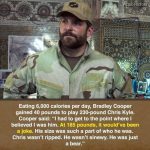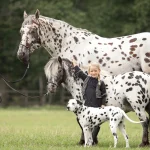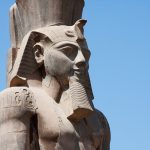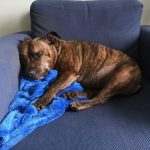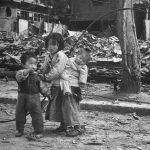The Zebra Cows of the Blackout
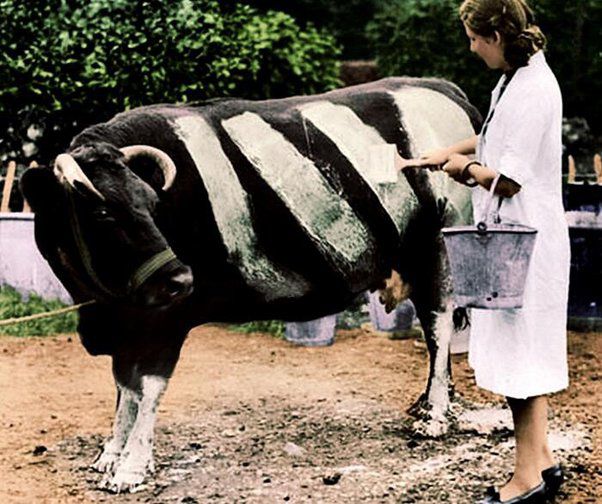
RELATED VIDEOS:
The year is 1940, and war casts a long, dark shadow over Britain. The skies, once illuminated by the soft glow of streetlights, were now plunged into an unnerving, absolute blackness. This was the infamous wartime blackout, a critical defensive strategy designed to confuse the German Luftwaffe and hide cities from their nightly bombing raids. Every light, from bustling city lamps to the dim lanterns of rural villages, was extinguished, turning the familiar landscape into an impenetrable void.

While the blackout saved countless lives from enemy bombs, it brought an unexpected, deadly danger to the ground. Roads became invisible arteries of peril, and accidents surged dramatically. More than 600 British lives were lost each month in collisions, often without a single enemy aircraft even being overhead.
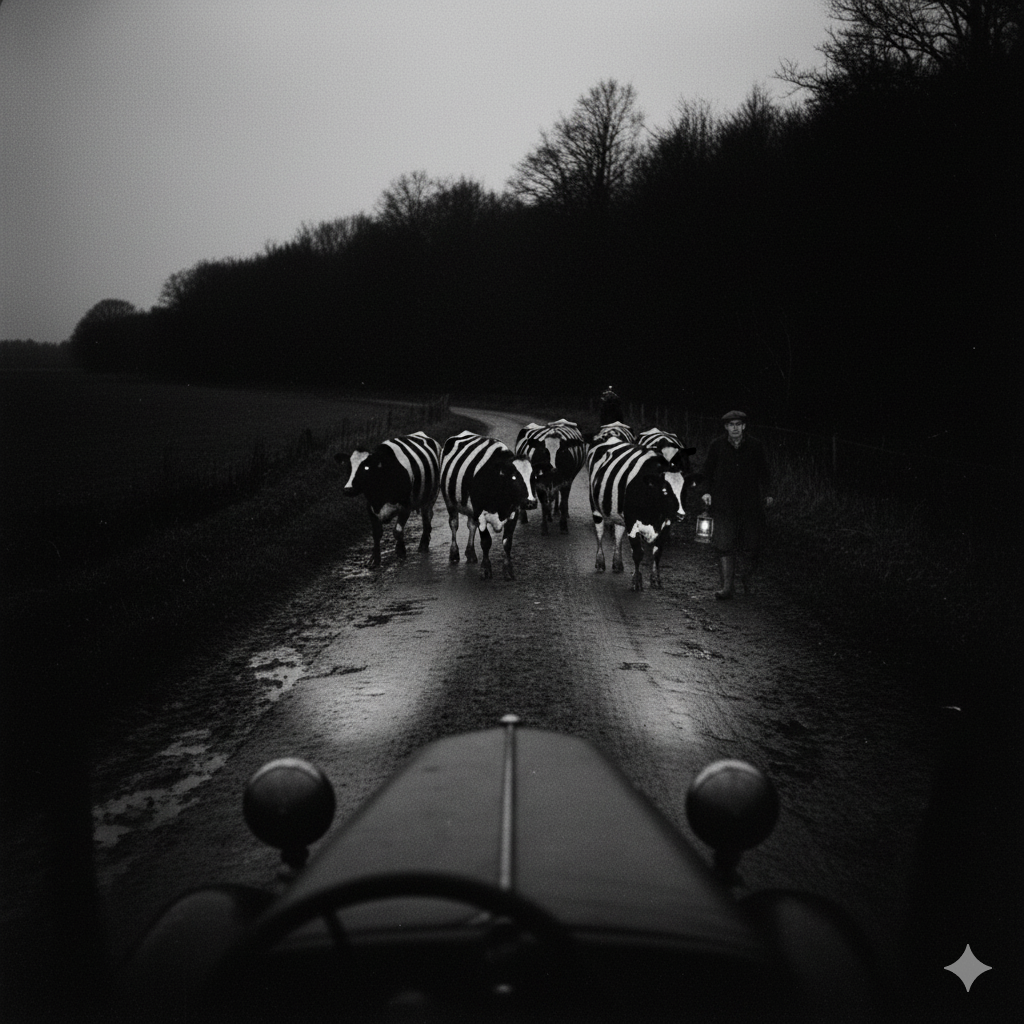
Among those facing a unique and particularly rural challenge were the farmers. Their concern wasn’t just for human lives, but for their livestock. As their dark-coated cows wandered across unlit country roads, they became ghostly, invisible hazards for any passing vehicle. A collision could be catastrophic for both driver and animal, and a farmer’s livelihood was already precarious enough in wartime.

The solution, born of necessity and ingenuity, was as unusual as it was clever. Farmers began to paint their cows. With buckets of white paint, they painstakingly applied broad, luminous stripes across the flanks of their cattle, effectively turning them into living “zebras.” These striped cows became a peculiar, yet strangely comforting, sight in the gloom of the blackout, easily spotted by the dim headlights of a passing car or the cautious beam of a cyclist’s lamp.

The “zebra cows” of wartime Britain became a quiet, enduring symbol of adaptability and resilience. They were a vivid reminder that in the face of extraordinary circumstances, even the most mundane aspects of life had to be rethought, reshaped, and sometimes, even repainted, in order to survive the long, dark nights of war. It was a testament to the everyday courage and resourcefulness of a nation determined to carry on, one painted cow at a time.


